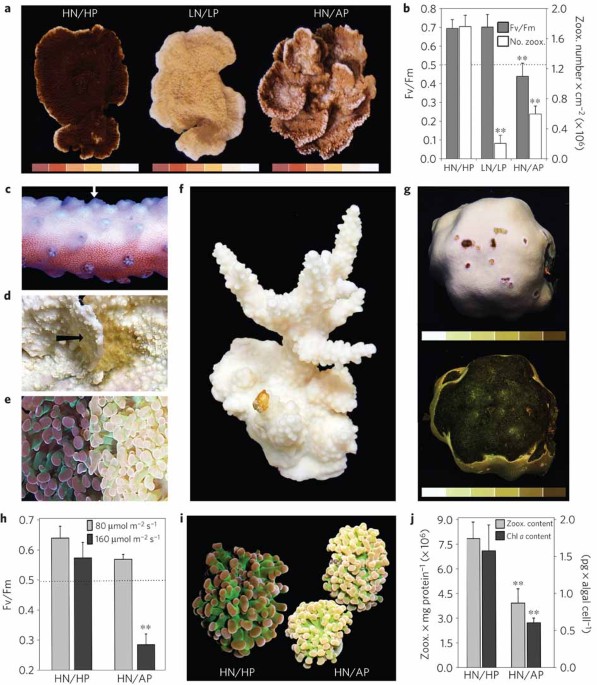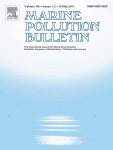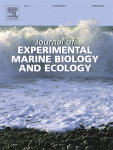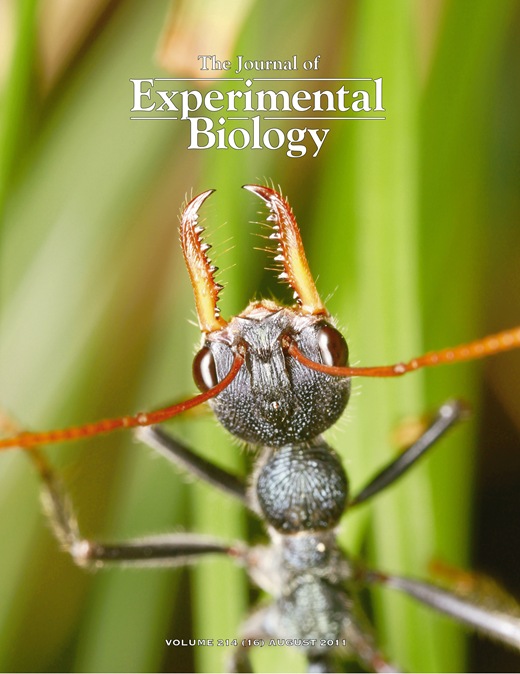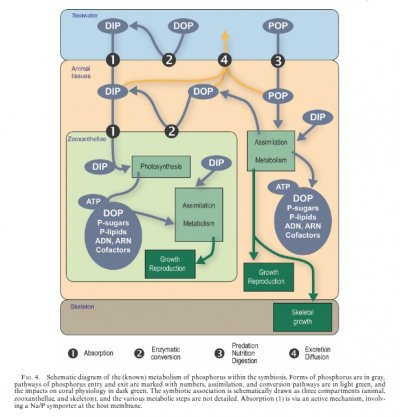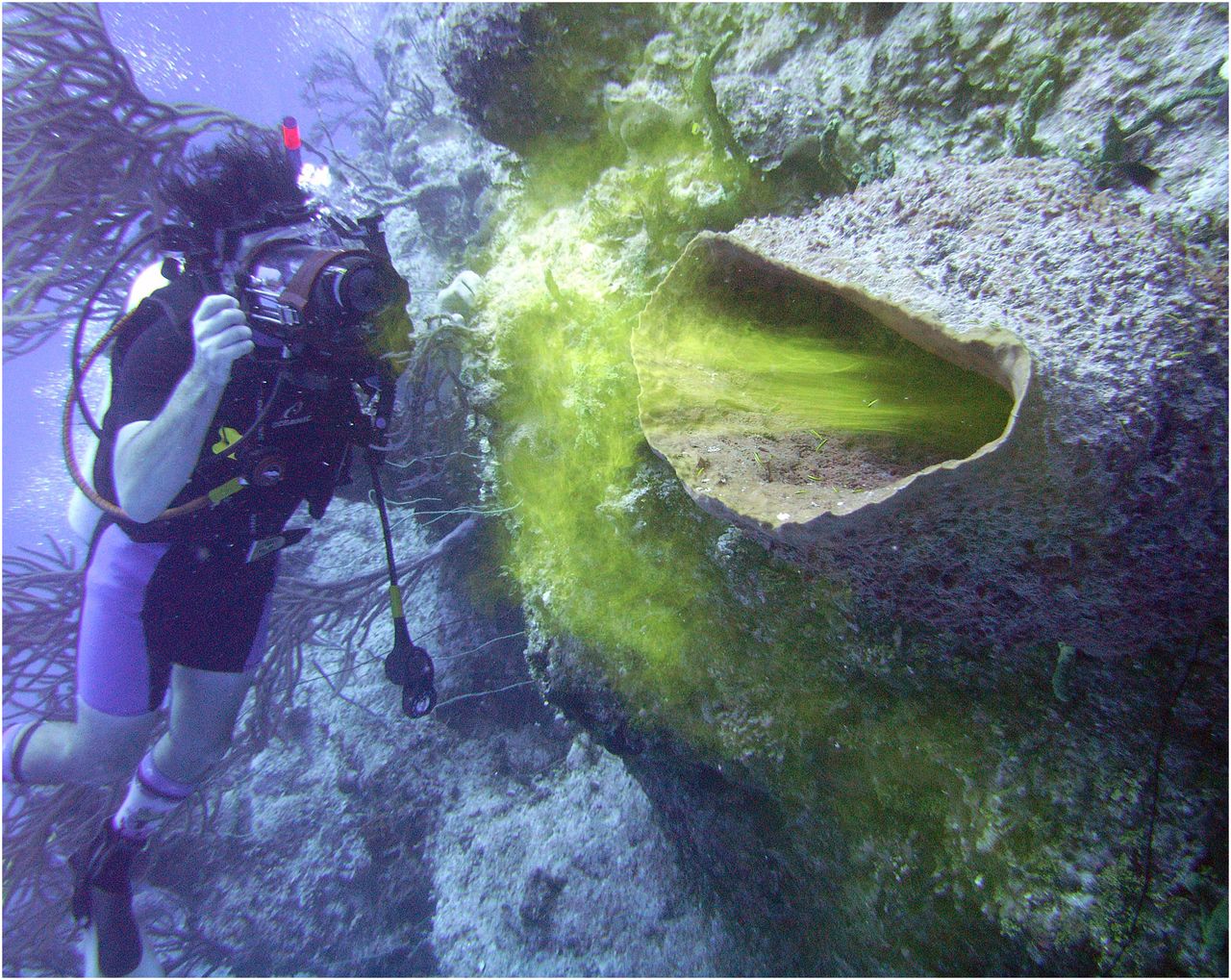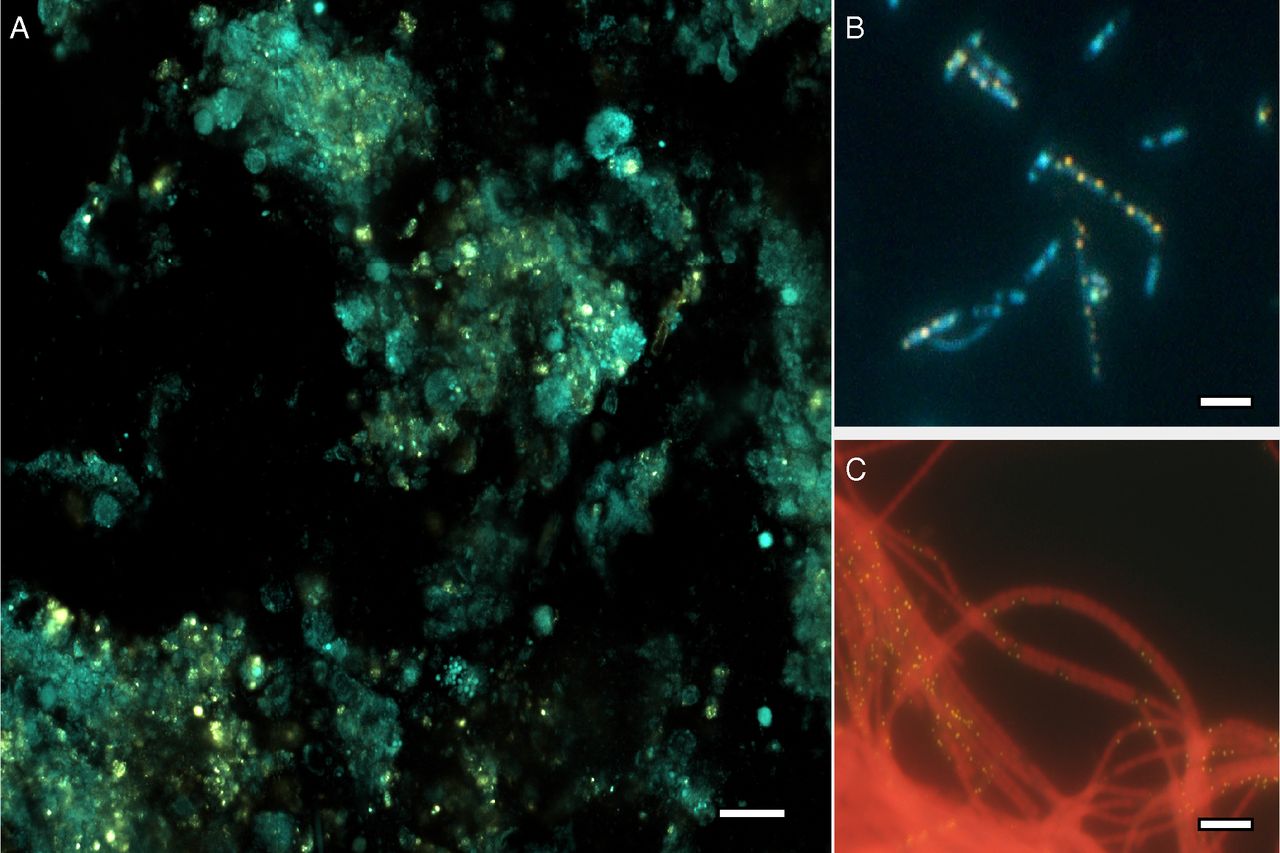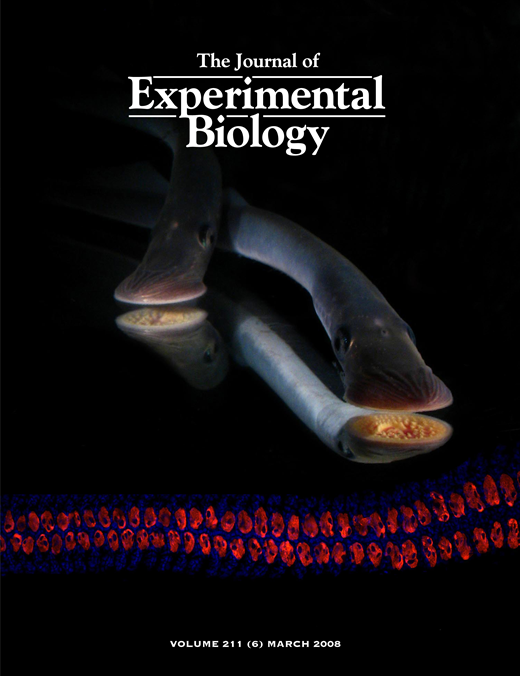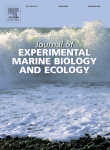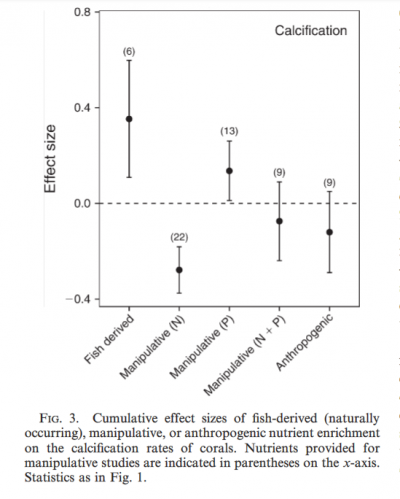Hey everyone, just started spending some time here. I've come back to reefing after ~20 year hiatus. I have a 15g mixed reef that I setup back in March. It's a Waterbox peninsula with an AI Prime HD light set mid way between the BRS recommended settings for 25% and 40%. I use a 6 stage RO filter with 0 TDS output. I started out with Instant Ocean salt mix. I do weekly 2.5 gallon water changes. Additionally I have a AI Nero 3 behind the rock work set to random 20-40% to add to circulation. I started it with established live rock from the LFS and sand and added quite a few frags over the intervening months. Additionally I now have a small pair of percula clowns and added a neon dottyback ~2 months ago.
For the first 3-4 months, everything looked amazing, happy, healthy, lots of extension, color. Then things started to fade / bleach. Even though my tank doesn't have a skimmer, I determined that my concern over nutrients and sparing feeding had likely starved the corals as the nitrates were 0. I started dosing with B-Ionic Nitrate and over the course of ~1 month most of my corals started to bounce back and get some color back. I started testing regularly and also found that my Ca and Mg were very low - 320 and 900 respectively. I tested my freshly mixed saltwater and found out the Instant Ocean was mixing up very low so I switched to Tropic Marin and started dosing Red Sea Ca and Mg for a few weeks, testing regularly to bring those params back in line. Most of the corals started looking better with one exception that I'll mention later. Once I got my levels back in line, I stopped dosing the Ca and Mg and started daily dosing of Tropic Marin All-For-Reef (recommended by LFS to maintain).
For the past month my parameters have been quite stable around:
Temp: 77.5
Salinity: 1.025
NO3: 3-5
Ca: 440-460
Mg: 1280-1320
PO4: 0
Ph: 8.0-8.1
Kh 8.6-9.0
Unfortunately, although I feel like I've done a great job getting all the vitals in line, many of my corals have started to decline again over the past month or so. About 4-6 weeks ago I decided to tweak my light settings a bit, thinking I'd bump by 5% to see if it would benefit some of my corals but in hind sight I fear that messing with the settings may have inadvertently extended the program by an hour or two a day. I have 4 euphyllias - 1 torch, 1 hammer, 1 frogspawn, and 1 hammer/frogspawn hybrid thing. 3 of them appeared to expel some of their zooxanthallae (brown stringy stuff), the 2 frogspawn quite a lot. The torch did as well but seemed to not be overly phased but the two frogspawn did a lot and they both declined quickly and look like they are on death's door for the past 2 weeks (pics below). I switched the lighting back quickly and discovered the lighting program extension. I even turned it down below where they were a bit for a week but they continue to look like hell and spit out the occasional brown streaks. I also noted the NO3 got a bit high with my dosing - 8-9ppm, so I did a water change to bring that back down to 3-5ppm. At the time I thought the combination of temporarily elevated NO3 plus elevated lights maybe made the zooxantallae go a little crazy. I hoped the corals would just spit some out and bounce back. I assumed that that very temporary situation wouldn't have done so much damage to put everything into ongoing decline.
The torch continues to look "good" but I can tell the extension isn't quite as good as it was and the hammer seems to be in slow decline as well, looking like it did when my nutrients were too low - much less extension. In addition to that, I have 3 birds nest SPS frags that have looked fantastic for months and they are starting to lose color and polyps. Lastly, I have a goniopora that has never recovered since the bleaching event. It used to extend about 3" and for the last 3 months since I brought params in line, it has never extended more than 1/2 - 1" and it's ghost white. I was hoping it would bounce back over time with solid params but it also seems in decline again with even less extension - more like 1/4" now. Lastly over the last week or so, some red slime algae has started to appear on the rocks and the sand in a bigger way than I've ever seen it (usually very little / very slow growing algae in my tank). I have one other coral I'll post pics of that also looked amazing for 6 months and has retracted and lost a bunch of tissue since the hypothetical lighting incident. It is hanging in there but the polyps haven't been out in a few weeks. I forget what this one is called - it's an LPS that looks like GSP.
In the past 2-3 weeks I've done some bigger water changes - a 30% 2 weeks ago, a 50% this weekend in the hopes of trying to address any untested water issue. I've also added a Chemipure bag temporarily, again just in case there's something in the water.
We started another 20g reef at the same time for my son back in April, he is on the same rhythm as me, uses the same make up water and salt mix, same light, suffered the same Ca / Mg issues, and implemented the same regimen to correct those issues, and his tank looks great - LPS are all happy as can be. I only mention as it tends to rule out things like the water source, salt mix, etc.
Anyhow, goes without saying that this is super frustrating and depressing watching things slowly decline without being able to put a finger on anything. I would love any advice from this wise community for further diagnostic steps or ideas on what to try!
Here is a pic of the whole tank when things were suffering low nutrients but you can see the 2 euphyllias in the middle were looking pretty good. They have looked better since before they started the decline. Pics below of their current state. This was a low point for the hammer in the upper right but it bounced back since before going back into decline. The GSP looking LPS below the frogspawn / to the right of the actual GSP is the one losing tissue and with polyps not showing for 2 weeks (pic below as well). The 3 birds nests at the top were in full color with great polyps showing here, pic below of the upper left one - it seems to be losing polyps from the center out.

Hammer before / now:


Goniopora before / now: (looked like the right, maybe not quite as bad, since July)


Torch looks like left pic now, right pic was the one time I saw it expelling brown goo (presumably algae)


That GSP looking LPS, it actually looks worse now, the polyps aren't even really visible.

The two euphyllias in the middle of the tank that are faring the worst. Both have been mostly fully retracted / limp for a week and occasional stringy stuff coming out still.



One of my birds nest, losing polyps from the center out. Again, was doing great for several months - including growing. Other birds nest seems much paler as well.

For the first 3-4 months, everything looked amazing, happy, healthy, lots of extension, color. Then things started to fade / bleach. Even though my tank doesn't have a skimmer, I determined that my concern over nutrients and sparing feeding had likely starved the corals as the nitrates were 0. I started dosing with B-Ionic Nitrate and over the course of ~1 month most of my corals started to bounce back and get some color back. I started testing regularly and also found that my Ca and Mg were very low - 320 and 900 respectively. I tested my freshly mixed saltwater and found out the Instant Ocean was mixing up very low so I switched to Tropic Marin and started dosing Red Sea Ca and Mg for a few weeks, testing regularly to bring those params back in line. Most of the corals started looking better with one exception that I'll mention later. Once I got my levels back in line, I stopped dosing the Ca and Mg and started daily dosing of Tropic Marin All-For-Reef (recommended by LFS to maintain).
For the past month my parameters have been quite stable around:
Temp: 77.5
Salinity: 1.025
NO3: 3-5
Ca: 440-460
Mg: 1280-1320
PO4: 0
Ph: 8.0-8.1
Kh 8.6-9.0
Unfortunately, although I feel like I've done a great job getting all the vitals in line, many of my corals have started to decline again over the past month or so. About 4-6 weeks ago I decided to tweak my light settings a bit, thinking I'd bump by 5% to see if it would benefit some of my corals but in hind sight I fear that messing with the settings may have inadvertently extended the program by an hour or two a day. I have 4 euphyllias - 1 torch, 1 hammer, 1 frogspawn, and 1 hammer/frogspawn hybrid thing. 3 of them appeared to expel some of their zooxanthallae (brown stringy stuff), the 2 frogspawn quite a lot. The torch did as well but seemed to not be overly phased but the two frogspawn did a lot and they both declined quickly and look like they are on death's door for the past 2 weeks (pics below). I switched the lighting back quickly and discovered the lighting program extension. I even turned it down below where they were a bit for a week but they continue to look like hell and spit out the occasional brown streaks. I also noted the NO3 got a bit high with my dosing - 8-9ppm, so I did a water change to bring that back down to 3-5ppm. At the time I thought the combination of temporarily elevated NO3 plus elevated lights maybe made the zooxantallae go a little crazy. I hoped the corals would just spit some out and bounce back. I assumed that that very temporary situation wouldn't have done so much damage to put everything into ongoing decline.
The torch continues to look "good" but I can tell the extension isn't quite as good as it was and the hammer seems to be in slow decline as well, looking like it did when my nutrients were too low - much less extension. In addition to that, I have 3 birds nest SPS frags that have looked fantastic for months and they are starting to lose color and polyps. Lastly, I have a goniopora that has never recovered since the bleaching event. It used to extend about 3" and for the last 3 months since I brought params in line, it has never extended more than 1/2 - 1" and it's ghost white. I was hoping it would bounce back over time with solid params but it also seems in decline again with even less extension - more like 1/4" now. Lastly over the last week or so, some red slime algae has started to appear on the rocks and the sand in a bigger way than I've ever seen it (usually very little / very slow growing algae in my tank). I have one other coral I'll post pics of that also looked amazing for 6 months and has retracted and lost a bunch of tissue since the hypothetical lighting incident. It is hanging in there but the polyps haven't been out in a few weeks. I forget what this one is called - it's an LPS that looks like GSP.
In the past 2-3 weeks I've done some bigger water changes - a 30% 2 weeks ago, a 50% this weekend in the hopes of trying to address any untested water issue. I've also added a Chemipure bag temporarily, again just in case there's something in the water.
We started another 20g reef at the same time for my son back in April, he is on the same rhythm as me, uses the same make up water and salt mix, same light, suffered the same Ca / Mg issues, and implemented the same regimen to correct those issues, and his tank looks great - LPS are all happy as can be. I only mention as it tends to rule out things like the water source, salt mix, etc.
Anyhow, goes without saying that this is super frustrating and depressing watching things slowly decline without being able to put a finger on anything. I would love any advice from this wise community for further diagnostic steps or ideas on what to try!
Here is a pic of the whole tank when things were suffering low nutrients but you can see the 2 euphyllias in the middle were looking pretty good. They have looked better since before they started the decline. Pics below of their current state. This was a low point for the hammer in the upper right but it bounced back since before going back into decline. The GSP looking LPS below the frogspawn / to the right of the actual GSP is the one losing tissue and with polyps not showing for 2 weeks (pic below as well). The 3 birds nests at the top were in full color with great polyps showing here, pic below of the upper left one - it seems to be losing polyps from the center out.
Hammer before / now:
Goniopora before / now: (looked like the right, maybe not quite as bad, since July)
Torch looks like left pic now, right pic was the one time I saw it expelling brown goo (presumably algae)
That GSP looking LPS, it actually looks worse now, the polyps aren't even really visible.
The two euphyllias in the middle of the tank that are faring the worst. Both have been mostly fully retracted / limp for a week and occasional stringy stuff coming out still.
One of my birds nest, losing polyps from the center out. Again, was doing great for several months - including growing. Other birds nest seems much paler as well.







